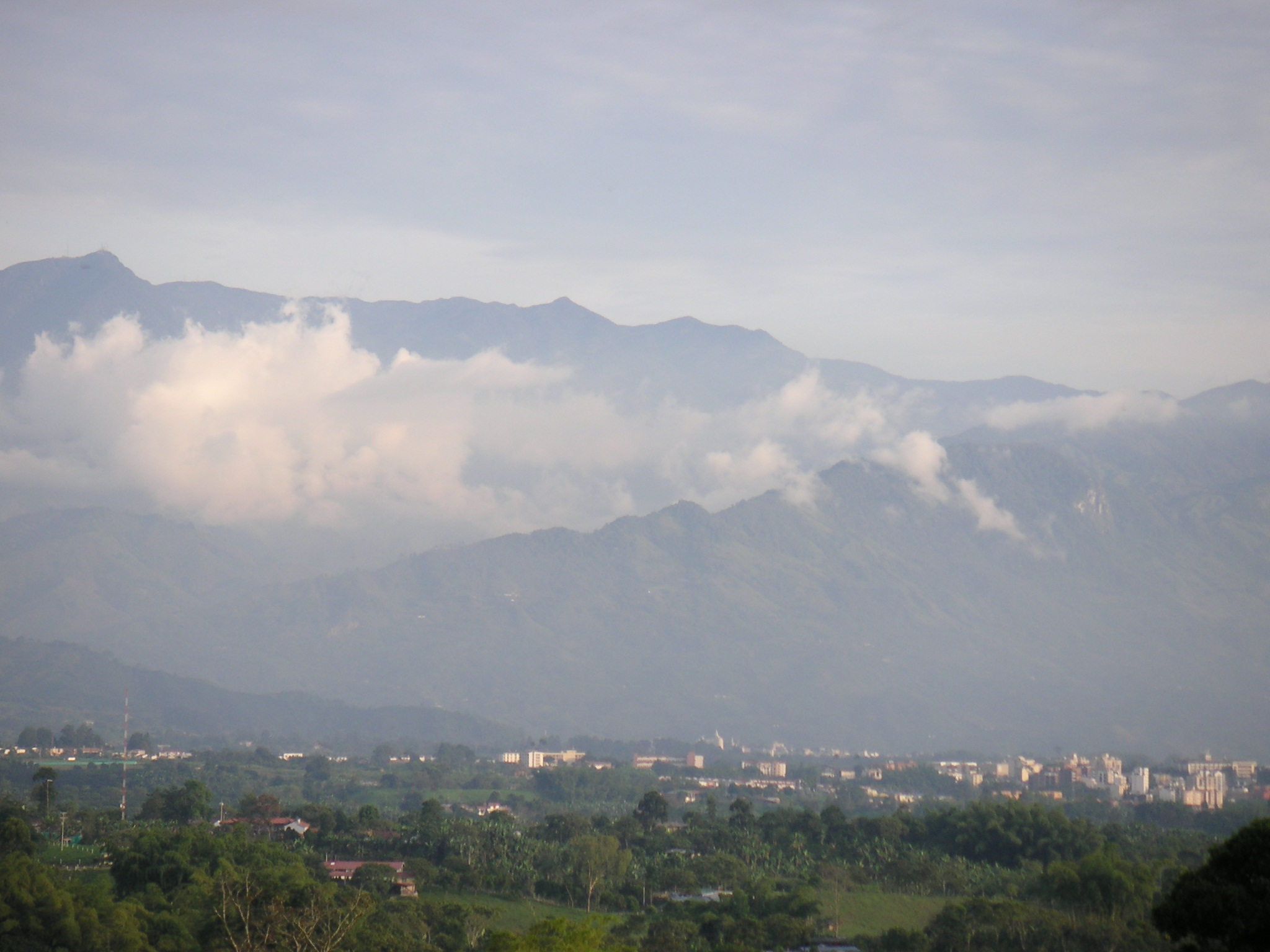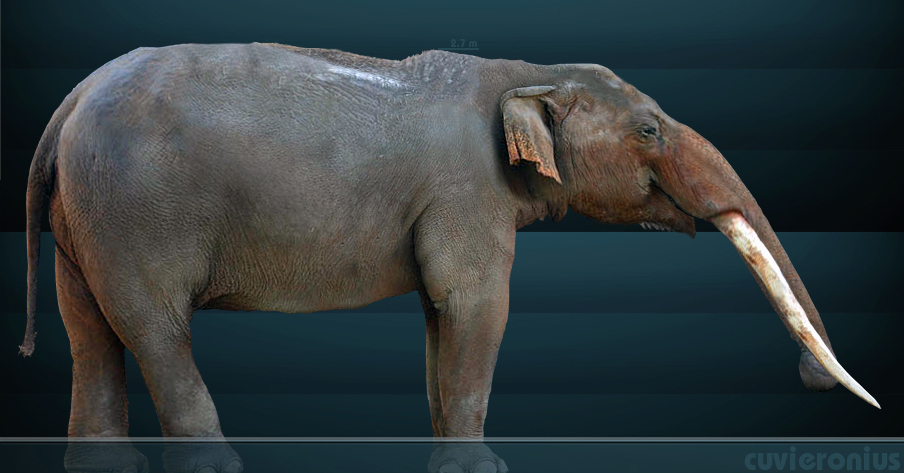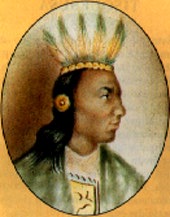|
Tundama
Tundama or Saymoso (15th century - Duitama, late December 1539) was a ''cacique'' of the Muisca Confederation, a loose confederation of different rulers of the Muisca who inhabited the central highlands (Altiplano Cundiboyacense) of the Colombian Andes. The city of Tundama, currently known as Duitama and part of the Tundama Province, Boyacá, were named after the ''cacique''. Tundama ruled over the northernmost territories of the Muisca, submitted last by the Spanish conquistadores. Tundama was killed late December 1539 with a large hammer by Spanish conquistador Baltasar Maldonado. His successor, ''Don Juan'' was killed shortly after, ending the reign of the Muisca in the New Kingdom of Granada, the name for present-day Colombia and a part of Venezuela in the Spanish Empire. Knowledge about Tundama has been compiled by scholar Lucas Fernández de Piedrahita. Background In the time before the Spanish conquest of central Colombia, there were several main rulers and several ... [...More Info...] [...Related Items...] OR: [Wikipedia] [Google] [Baidu] |
Muisca Confederation
The Muisca Confederation was a loose confederation of different Muisca rulers (''zaques'', ''zipas'', '' iraca'', and ''tundama'') in the central Andean highlands of present-day Colombia before the Spanish conquest of northern South America. The area, presently called Altiplano Cundiboyacense, comprised the current departments of Boyacá, Cundinamarca and minor parts of Santander. According to some Muisca scholars the Muisca Confederation was one of the best-organized confederations of tribes on the South American continent. Modern anthropologists, such as Jorge Gamboa Mendoza, attribute the present-day knowledge about the confederation and its organization more to a reflection by Spanish chroniclers who predominantly wrote about it a century or more after the Muisca were conquered and proposed the idea of a loose collection of different people with slightly different languages and backgrounds.Gamboa Mendoza, 2016 Geography Climate Muisca Confederation In the time ... [...More Info...] [...Related Items...] OR: [Wikipedia] [Google] [Baidu] |
Spanish Conquest Of The Muisca
The Spanish conquest of the Muisca took place from 1537 to 1540. The Muisca were the inhabitants of the central Andean highlands of Colombia before the arrival of the Spanish conquistadors. They were organised in a loose confederation of different rulers; the '' psihipqua'' of Muyquytá, with his headquarters in Funza, the '' hoa'' of Hunza, the ''iraca'' of the sacred City of the Sun Sugamuxi, the Tundama of Tundama, and several other independent ''caciques''. The most important rulers at the time of the conquest were ''psihipqua'' Tisquesusa, ''hoa'' Eucaneme, ''iraca'' Sugamuxi and Tundama in the northernmost portion of their territories. The Muisca were organised in small communities of circular enclosures (''ca'' in their language Muysccubbun; literally "language of the people"), with a central square where the '' bohío'' of the ''cacique'' was located. They were called "Salt People" because of their extraction of salt in various locations throughout their territories, ma ... [...More Info...] [...Related Items...] OR: [Wikipedia] [Google] [Baidu] |
Iraca
The ''iraca'', sometimes spelled ''iraka'',Ocampo López, 2013, Ch.12, p.77Ocampo López, 2013, Ch.14, p.85 was the ruler and high priest of Sugamuxi in the confederation of the Muisca who inhabited the Altiplano Cundiboyacense; the central highlands of the Colombian Andes. ''Iraca'' can also refer to the Iraka Valley over which they ruled. Important scholars who wrote about the ''iraca'' were Lucas Fernández de Piedrahita, Alexander von Humboldt and Ezequiel Uricoechea. Background In the centuries before the Spanish conquistadores entered central Colombia in the 1530s, the valleys of the Eastern Ranges were ruled by four main leaders and several independent ''caciques''. The northern territories were ruled by the ''zaque'' from Hunza, the present-day capital of Boyacá department and the southern area under the reign of the ''zipa'', based in Bacatá, currently known as the Colombian capital Bogotá. Other important rulers were the ''iraca'' and the ''cacique'' Tundama ... [...More Info...] [...Related Items...] OR: [Wikipedia] [Google] [Baidu] |
Duitama
Duitama () is a city and municipality in the department of Boyacá. It is the capital of the Tundama Province. Duitama is located northeast of Bogotá, the capital city of Colombia and northeast of Tunja, the capital Boyacá. Duitama has existed since pre-Columbian times, when the Muisca inhabited the hills surrounding a former lake in the valley. The original name of Duitama was "Tundama", named after '' cacique'' Tundama. The elevation of the city is about above sea level and the average temperature is 16 °C. Duitama is known as "The Pearl of Boyacá". Etymology The name of Duitama means "to me the tribute" in muyskkubun (Muisca language). In its beginnings, Duitama corresponded to a Muisca village ruled by the cacique Tundama, a word that changed for Duitama, absolute and powerful lord that he had as bosses tributaries to the Onzaga, Soatá, Chitagoto, Susacón or Cabita, Icabuco, Lupachoque, Sátiva, Tutazá and Cerinza caciques. The natives lived in bohíos, lo ... [...More Info...] [...Related Items...] OR: [Wikipedia] [Google] [Baidu] |
Baltasar Maldonado
Baltasar Maldonado, also written as Baltazar Maldonado, – Bank of the Republic (Colombia), Banco de la República (c.1510, Salamanca, Spanish Empire, Castile – 1558, Santafé de Bogotá, New Kingdom of Granada) was a Spanish conquistador who first served under Gonzalo Jiménez de Quesada, and later in the army of Hernán Pérez de Quesada in the Spanish conquest of the Muisca.Biography Baltasar Maldonado – Soledad Acosta, Soledad Acosta Samper – Bank of the Republic (Colombia), Banco de la República In 1539, Maldonado defeated the last ruling ''Cacique'' (chieftain) ... [...More Info...] [...Related Items...] OR: [Wikipedia] [Google] [Baidu] |
Duitama Sirata
Duitama () is a city and municipality in the department of Boyacá. It is the capital of the Tundama Province. Duitama is located northeast of Bogotá, the capital city of Colombia and northeast of Tunja, the capital Boyacá. Duitama has existed since pre-Columbian times, when the Muisca inhabited the hills surrounding a former lake in the valley. The original name of Duitama was "Tundama", named after ''cacique'' Tundama. The elevation of the city is about above sea level and the average temperature is 16 °C. Duitama is known as "The Pearl of Boyacá". Etymology The name of Duitama means "to me the tribute" in muyskkubun (Muisca language). In its beginnings, Duitama corresponded to a Muisca village ruled by the cacique Tundama, a word that changed for Duitama, absolute and powerful lord that he had as bosses tributaries to the Onzaga, Soatá, Chitagoto, Susacón or Cabita, Icabuco, Lupachoque, Sátiva, Tutazá and Cerinza caciques. The natives lived in bohíos, looki ... [...More Info...] [...Related Items...] OR: [Wikipedia] [Google] [Baidu] |
Zipa
When the Spanish arrived in the central Colombian highlands, the region was organized into the Muisca Confederation, which had two rulers; the ''zipa'' was the ruler of the southern part and based in Muyquytá. The ''hoa'' was the ruler of the northern area and based in Hunza, known today as Tunja. Organization ''Psihipqua'' and ''hoa'' were the titles given to these rulers of the ancient confederation. Neither exercised absolute power, not rigid or strict control over those to whom they owed their power, so that they can be considered kings. However, these positions of power were of great honor and were surrounded by a rather elaborate ceremony. The position of the ''psihipqua'' was such that not even the members of the nobility dared to look him in the face, and it is said if the ''psihipqua'' needed to spit, someone would hold out a piece of rich cloth for him to spit on, because it would be sacrilegious for anything so precious as his saliva to touch the ground. Whoever hel ... [...More Info...] [...Related Items...] OR: [Wikipedia] [Google] [Baidu] |
Bacatá
Bacatá is the name given to the main settlement of the Muisca Confederation on the Bogotá savanna. It mostly refers to an area, rather than an individual village, although the name is also found in texts referring to the modern settlement of Funza, in the centre of the savanna. Bacatá, alternatively written as Muequetá or Muyquytá, was the main seat of the ''zipa'', the ruler of the Bogotá savanna and adjacent areas. The name of the Colombian capital, Bogotá, is derived from Bacatá, but founded as Santafe de Bogotá in the western foothills of the Eastern Hills, Bogotá, Eastern Hills in a different location than the original settlement Bacatá, west of the Bogotá River, eventually named after Bacatá as well. The word is a combination of the Chibcha language, Chibcha words ''bac'', ''ca'' and ''tá'', and means "(enclosure) outside the farmfields", referring to the rich Muisca agriculture, agricultural lands of the Sabana Formation on the Bogotá savanna. Bacatá was sub ... [...More Info...] [...Related Items...] OR: [Wikipedia] [Google] [Baidu] |
Zaque
When the Spanish arrived in the central Colombian highlands, the region was organized into the Muisca Confederation, which had two rulers; the ''zipa'' was the ruler of the southern part and based in Muyquytá. The ''hoa'' was the ruler of the northern area and based in Hunza, known today as Tunja. Organization ''Psihipqua'' and ''hoa'' were the titles given to these rulers of the ancient confederation. Neither exercised absolute power, not rigid or strict control over those to whom they owed their power, so that they can be considered kings. However, these positions of power were of great honor and were surrounded by a rather elaborate ceremony. The position of the ''psihipqua'' was such that not even the members of the nobility dared to look him in the face, and it is said if the ''psihipqua'' needed to spit, someone would hold out a piece of rich cloth for him to spit on, because it would be sacrilegious for anything so precious as his saliva to touch the ground. Whoever hel ... [...More Info...] [...Related Items...] OR: [Wikipedia] [Google] [Baidu] |
Tunja
Tunja () is a city on the Eastern Ranges of the Colombian Andes, in the region known as the Altiplano Cundiboyacense, 130 km northeast of Bogotá. In 2018 it had a population of 172,548 inhabitants. It is the capital of Boyacá department and the Central Boyacá Province. Tunja is an important educational centre of well-known universities. In the time before the Spanish conquest of the Muisca, there was an indigenous settlement, called Hunza, seat of the ''hoa'' Eucaneme, conquered by the Spanish conquistadors on August 20, 1537. The Spanish city was founded by captain Gonzalo Suárez Rendón on August 6, 1539, exactly one year after the capital Santafé de Bogotá. The city hosts the most remaining Muisca architecture: Hunzahúa Well, Goranchacha Temple and Cojines del Zaque. Tunja is a tourist destination, especially for religious colonial architecture, with the Casa Fundador Gonzalo Suárez Rendón as oldest remnant. In addition to its religious and historical sites it ... [...More Info...] [...Related Items...] OR: [Wikipedia] [Google] [Baidu] |
Cacique
A ''cacique'' (Latin American ; ; feminine form: ''cacica'') was a tribal chieftain of the Taíno people, the indigenous inhabitants at European contact of the Bahamas, the Greater Antilles, and the northern Lesser Antilles. The term is a Spanish transliteration of the Taíno word ''kasike''. Cacique was initially translated as "king" or "prince" for the Spanish. In the colonial era the conquistadors and the administrators who followed them used the word generically, to refer to any leader of practically any indigenous group they encountered in the Western Hemisphere. In Hispanic and Lusophone countries, the term also has come to mean a political boss, similar to ''caudillo,'' exercising power in a system of ''caciquismo''. Spanish colonial-era caciques The Taíno word ''kasike'' descends from the Taíno word ''kassiquan'', which means "to keep house". In 1555 the word first entered the English language, defined as "prince". In Taíno culture, the ''kasike'' rank was her ... [...More Info...] [...Related Items...] OR: [Wikipedia] [Google] [Baidu] |
Sogamoso
Sogamoso () is a city in the department of Boyacá of Colombia. It is the capital of the Sugamuxi Province, named after the original Sugamuxi. Sogamoso is nicknamed "City of the Sun", based on the original Muisca tradition of pilgrimage and adoring their Sun god Sué at the Sun Temple. The city is located at an altitude of on the Altiplano Cundiboyacense in the Eastern Ranges of the Colombian Andes. Etymology Sogamoso is named after Sugamuxi or Suamox, the original name in Chibcha for the city and Sugamuxi, the last '' iraca'' of the sacred City of the Sun. Suamuxi means "Dwelling of the Sun".Etymology Sogamoso - Excelsio.net Knowledge about Sugamuxi has been provided by Pedro Simón and the German countess [...More Info...] [...Related Items...] OR: [Wikipedia] [Google] [Baidu] |







